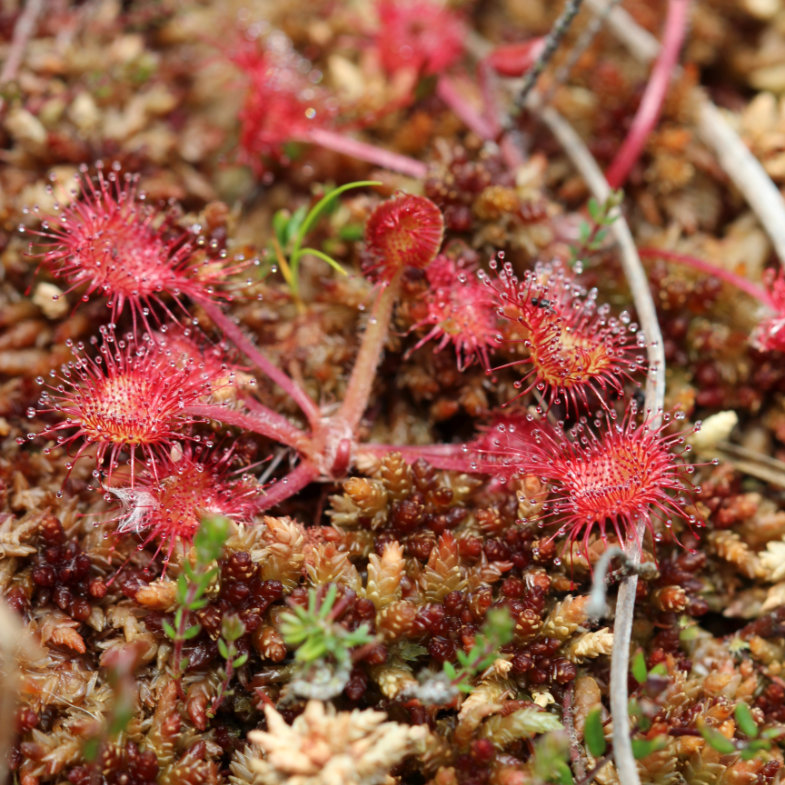
How FOS Europe offsets its travel emissions
Although we strive to minimise our travel, our work at FOS Europe sometimes requires travelling both near and far. Since 2019, we compensate for all the emissions caused by our travel by air and long-distance train. In 2019, we offset 128 tonnes of CO². Because of Covid-19, we travelled much less in 2020, and the offset amount was 10 tonnes.
Starting in 2021, we also compensate for emissions from the home offices of our team across Europe. Combining this with very little travel in 2021, we offset a total of 3 tonnes of CO² that year. These efforts are part of an ongoing discussion on how to manage our carbon footprint within the whole FOS Collective.
We have chosen to offset by contributing to the restoration of peatland in different areas in Germany.
Putting the money where the peat is
Königsmoor is a 1200 hectare peatland in Christiansholm, Germany. During the 20th century, it was heavily drained and used as grassland. In 2013, the Ausgleichsagentur Schleswig-Holstein restored 68 hectares of the peatland, closing all ditches and drainages in the area. It also constructed shallow mounds of peat, which retain and store excess winter precipitation, thus helping to avoid summer droughts.
Completing the restoration measures in Königsmoor meant that the project could be certified according to the MoorFutures® standard. By only issuing carbon offset certificates after the peatland has been rewetted, the MoorFutures® standard ensures that the restoration project really stores the amounts of carbon it claims to.
The project now uses the financing from selling carbon offset certificates for regular monitoring efforts, for additional measures whenever monitoring shows they are needed, and for setting up rewetting of new areas. This makes the Köningsmoor project a prime example of adaptive management and scaling up.
As the peatland recovers, marsh vegetation with reeds, sedges, and rushes will develop on the wetted areas. In some areas, willow bushes will eventually grow. The long-term hopes are that the Königsmoor, fed only by rainwater, will develop the raised bog vegetation that is typical for this type of peatland.
Why peatland?
Functioning peatlands are very effective carbon sinks, storing 7–10 times more carbon than other ecosystems. As long as they remain wet, their vegetation captures carbon and stores it in the peat. But when peatlands are drained, they decompose and instead release carbon.
Rewetting drained peatlands is a cost-effective way of reducing greenhouse gas emissions and storing carbon. But it also has wider benefits: it regulates local climate and water resources, creates valuable habitats that contribute to biodiversity, retains nutrients, and provides opportunities for recreation.
More information in Joosten et al. (2015). MoorFutures®: Integration of additional ecosystem services (including biodiversity) into carbon credits – standard, methodology and transferability to other regions (PDF 3.5 MB)
Photo credit: Stiftung Naturschutz Schleswig-Holstein
View our offset certificates (in German):

